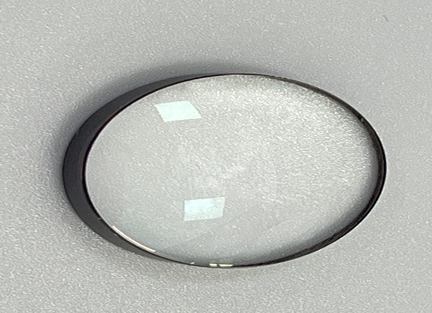ISO9001 Certified Professional Manufacturer & Supplier of Optics
+86-0431-87911611 admin@ytoptics.com
Contact us
-
 Email: admin@ytoptics.com
Email: admin@ytoptics.com
-
 Tel:86-0431-87911611
Tel:86-0431-87911611
-
 Add: 2# Automotive Innovation
Add: 2# Automotive Innovation
Jilin Province, China
Optical Lens Inspection Methods
1. Frosting test : The optical lens is put into the publicity product containing gravel (the grain size and hardness of the gravel are specified) and rubbed back and forth under certain control. After the end of the haze meter to test the amount of diffuse reflection of light before and after rubbing the lens, and compared with the standard lens. 2, steel wool test : with a prescribed steel wool, under a certain pressure and speed, the number of times in the surface of the lens to rub a hun, and then use a haze meter to test the amount of diffuse reflection of light before and after rubbing the lens, and compared with the standard lens. 3, the relationship between the reflection-reducing film and the anti-wear film : the lens surface of the reflection-reducing film layer is a very large layer, the surface of the lens, the surface of the lens. The anti-reflection film is a very thin inorganic metal oxide material (less than 1 micron thick), hard and brittle. When plated on glass lenses, due to the hardness of the film base, the grit on it, the film layer is relatively not easy to produce scratches; but the reflection-reducing film plated on organic lenses, due to the softness of the film base, the grit on the film layer, the film layer is very easy to produce scratches.


PREV : Difference between concave and convex lenses NEXT : AR coating & IR coating

TALK TO US 86-0431-87911611
86-0431-87911611
Call us now!
 86-0431-87911611
86-0431-87911611Call us now!
ONLINE CHAT
 2433808388
2433808388

